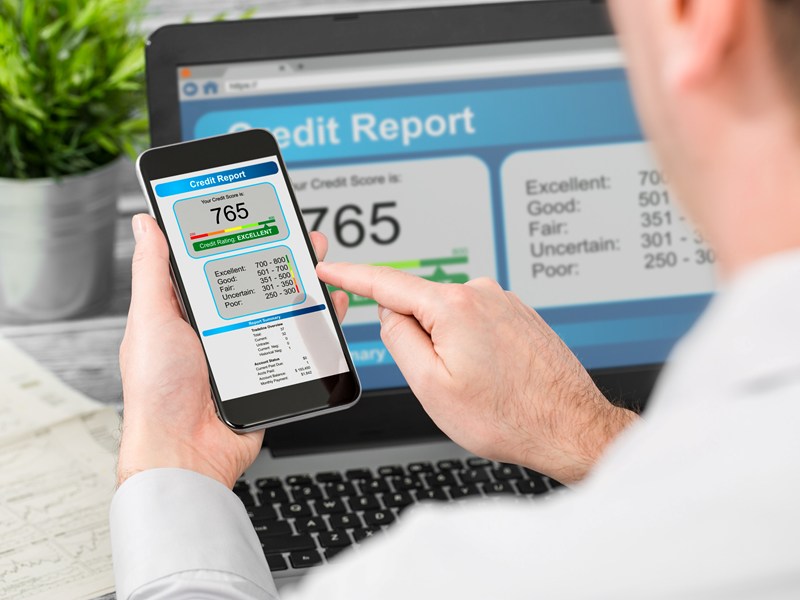Understanding the Role of TLO and How It Differs from Identity & Fraud Solutions for Lenders

In the world of data services, it’s easy to get lost in the overlap between tools used for collections and those used for underwriting. One example often referenced in collection circles is TransUnion’s TLOxp®, commonly referred to as “TLO.” This is a product worth understanding—especially as lenders evaluate which types of data are appropriate for their specific use cases, particularly around identity verification and fraud prevention.
What Is TLO (TLOxp)?
TLO is a powerful investigative platform developed by TransUnion. It’s best known for its role in the collections industry, where it’s used for skip tracing, background research, and asset location. Debt collectors, legal professionals, and other businesses use TLO to locate individuals, verify identities, and connect the dots between people, addresses, phone numbers, and other data points.
The tool aggregates a wide range of public and proprietary data to help users uncover relationships between individuals and entities. That makes it invaluable in cases where someone is trying to locate a debtor who’s gone dark or verify background details during legal proceedings.
Where Collection Tools and Fraud/Identity Data Overlap
Some of the data points used in collection tools like TLO—such as names, aliases, phone numbers, and address histories—do look similar to those used in fraud and identity verification solutions. That’s because at the core, both rely on foundational identity data to determine whether someone is who they say they are, or where they can be reached.
For instance:
- TLO might use address history to help skip tracers locate a person.
- Fraud prevention tools use that same address history to determine if an applicant’s provided information is consistent and plausible.
But while there’s overlap in data types, the intended use case and regulatory implications are quite different.
The Right Data for the Right Job
If you're a lender evaluating applicants for a loan, your goals and compliance requirements are very different from those of a debt collector. In lending, it’s crucial to use data tools that are aligned with identity verification, fraud detection, and underwriting. This ensures you're meeting regulatory standards and relying on information that has been vetted and structured for permissible use in consumer decisioning.
Collection tools aren’t typically designed for underwriting. They can provide a deep and investigative look into a person’s past and associations, but they aren’t optimized for real-time identity verification or fraud risk scoring—which is exactly what lenders need when making credit decisions.
Why Lenders Should Stick with Identity & Fraud Solutions
Using data tools designed specifically for fraud prevention and identity validation helps lenders:
- Confirm the legitimacy of an applicant’s identity in real-time
- Detect red flags such as synthetic identities or suspicious address patterns
- Remain compliant with regulations like the FCRA and Red Flags Rule
- Make confident, data-driven lending decisions
While some collection data might help in certain investigative situations, it's typically not designed to be used in real-time lending workflows, where accuracy, speed, and compliance are critical.
Both Tools Have a Place—But Not the Same Purpose
It’s important to recognize that both collection tools and fraud/identity solutions serve valuable but distinct roles. Skip tracing tools like TLO are excellent for investigative follow-up and locating individuals post-loan, especially if accounts become delinquent. On the other hand, identity and fraud data solutions are purpose-built for the front-end of the lending process, where understanding applicant risk is paramount.
At Soft Pull Solutions, we assist with skip tracing solutions, identity verification, fraud prevention and tools that lenders rely on before and after they extend credit.